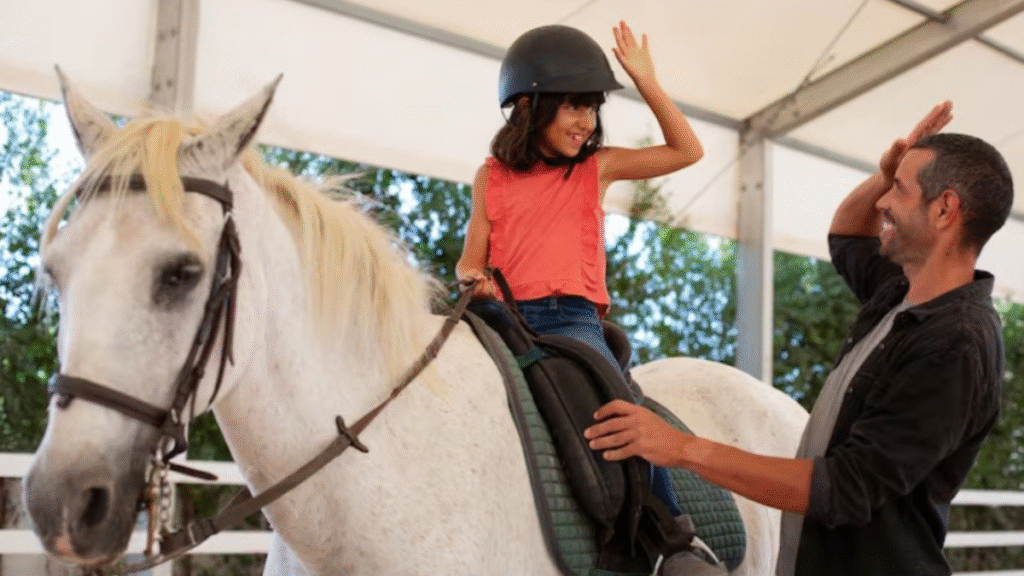Jump walls are a common and effective tool in equestrian training, helping horses develop agility, strength, and confidence. These solid obstacles differ from standard jump rails, requiring horses to rely more on their rider’s guidance and coordination. Trainers use them to build trust between horse and rider and to improve timing and rhythm over solid, visual barriers.
Incorporating horse jump walls into regular training sessions introduces variety and encourages mental focus in both horse and rider. These structures are beneficial for teaching horses to assess their takeoff points and adapt to heights and appearances. By gradually increasing difficulty, riders can help their horses build resilience and preparedness for more challenging courses or competitive events.
The Impact of Jump Walls on Horse and Rider Development
Jump walls present physical and visual challenges that can significantly improve training outcomes. Horses struggle with judging the depth and height of solid barriers, so gradually introducing these obstacles helps build technical skill without causing overwhelm. Riders must refine timing, body position, and support during approach, providing clear instructions even if the horse hesitates. Research shows vertical, solid obstacles like jump walls are more likely to cause faults than lighter, open jumps, highlighting the need for regular practice to reduce refusals and boost performance.
Incorporating Jump Walls Into Training Routines
A stepwise introduction is essential for both new and experienced jumpers. Trainers recommend starting with lower, narrower jump walls and focusing on quiet, rhythmic approaches. Horses should be given time to inspect and familiarize themselves with the jump wall before progressing to higher, broader obstacles. Regular practice on various wall types—incorporating differences in color, texture, and shape—diversifies the horse’s experience and prepares both horse and rider for the unpredictable nature of competition courses.
Building Confidence and Performance With Jump Walls
Successfully overcoming a tough obstacle such as a jump wall greatly boosts a horse’s confidence. It promotes resilience and reduces hesitation when encountering new challenges in future events. For riders, consistent practice enhances intuition, improves balance, and leads to a more effective use of aids, particularly when the horse feels unsure. Conquering a difficult wall together creates a strong bond of trust, which is essential across all levels of equestrian competition.
Safety Best Practices for Jump Wall Training
Safety must always be prioritized when integrating jump walls into regular training. Obstacles should be constructed from horse-safe materials, regularly inspected for wear or damage, and designed to fall or give way safely under pressure to prevent injury. Gradually increasing the difficulty rather than introducing full-size walls immediately is key to minimizing stress and lowering the risk of accidents. Regular discussions with trainers and veterinarians regarding best practices will ensure the welfare of both horse and rider throughout the training process.
Modern Innovations: Plastic Jump Walls
Recent advancements in materials technology have spurred innovation in the design and durability of horse jump walls. Plastic jump walls offer a safer, more lightweight alternative to traditional wooden barriers, making them easier to move and maintain. These advances are especially relevant for trainers who seek adaptable and long-lasting equipment for diverse training environments. The shift toward plastic materials has improved not just safety but also the sustainability of jump wall construction, aligning with broader trends in responsible resource use across the equestrian world.







